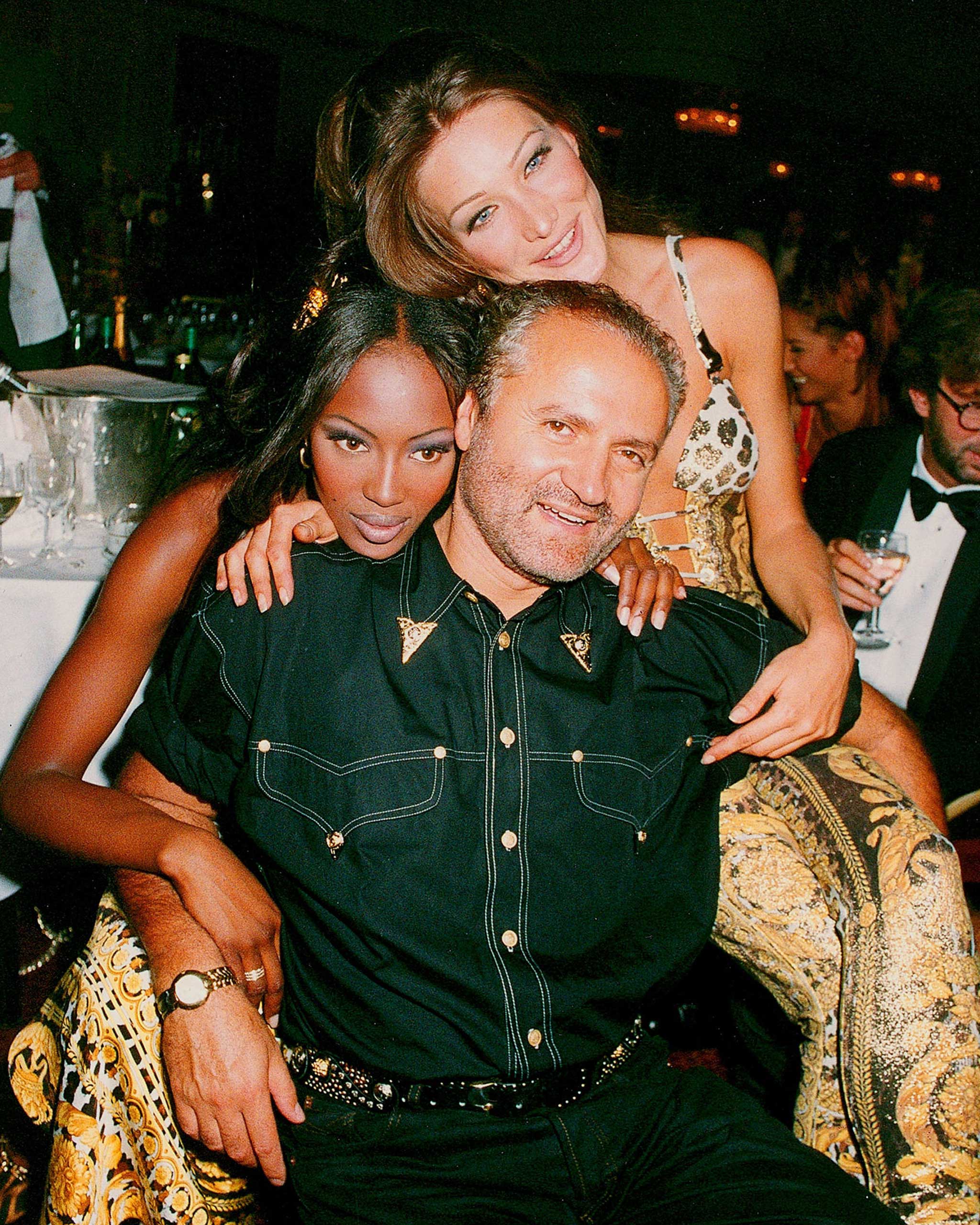Models Carla Bruni and Naomi Campbell pose with designer Gianni Versace at The Rhythm of Life Fashion Ball, 1992 Dave M. Benett/Getty Images
First came 1989’s Black Friday stock market crash, then came the recession of 1990. The economic downturn? In fashion, it resulted in an abrupt halt of that more-is-more, greed-is-good ’80s opulence. Fashion felt like sobering up, and designers delivered a new minimalist look that was received like a breath of fresh air that swept people off their feet—enter Calvin Klein, Jil Sander, and Helmut Lang. (In 1990, Ribat Ozbek showed an all-white collection that marked the turning point and a reset of the times.)
The decade started off with leggy, Versace-clad supermodels (Linda! Cindy! Naomi! Christy!) ruling the scene with their heady allure. The look was sexy, 24/7. A few years in, though, the tides turned and Vogue called out a return of the gamine—but these weren’t your wide-eyed ingenues of the 1960s. What followed was a crop of waifish models with a pallor, who gave the appearance of possessing bird-like hollow bones, and unlike their formidable predecessors, looked as though (in the words of Karl Lagerfeld) “they need protection.” The epitome of this new muse? Kate Moss.
The decade raced ahead with angst surrounding the coming of Y2K with trepidation in newfangled tech (flip phones and the internet), manifesting two new fashion aesthetics. One was fiercely fantastical—fashion that escaped the present and mish-mashed elements from far-flung cultures and previous eras together. The other was a theatrical pastiched potpourri of fashion references that looked back, yes, but also left, right, and front and center (see John Galliano for Dior.) The other style born out of the Y2k era was an embrace of the change, a playful take on cyber fashion. This look was championed by Jean Paul Gaultier with his the-future-is-now creations.
A look back at the trends that defined ’90s fashion, below.

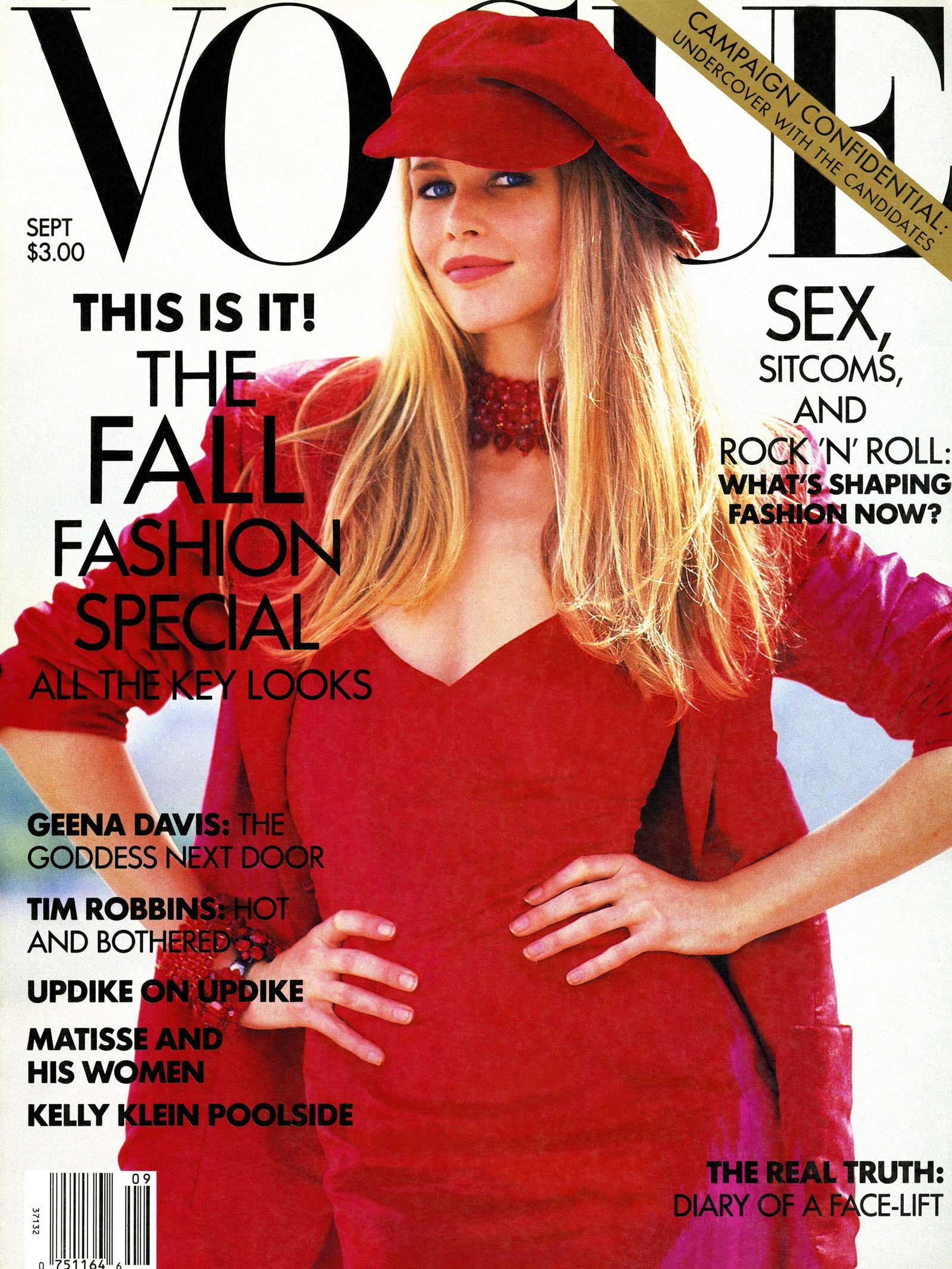
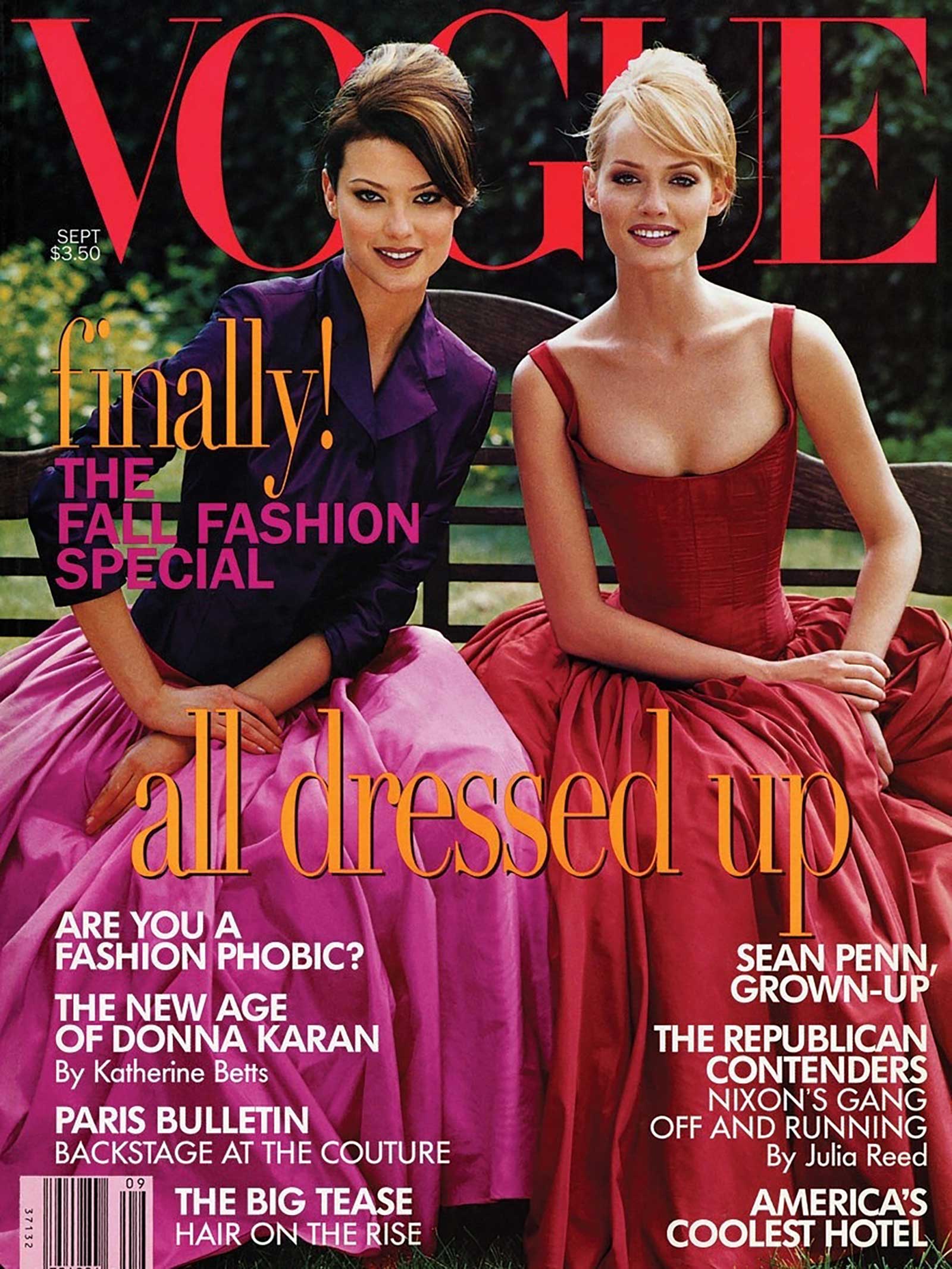
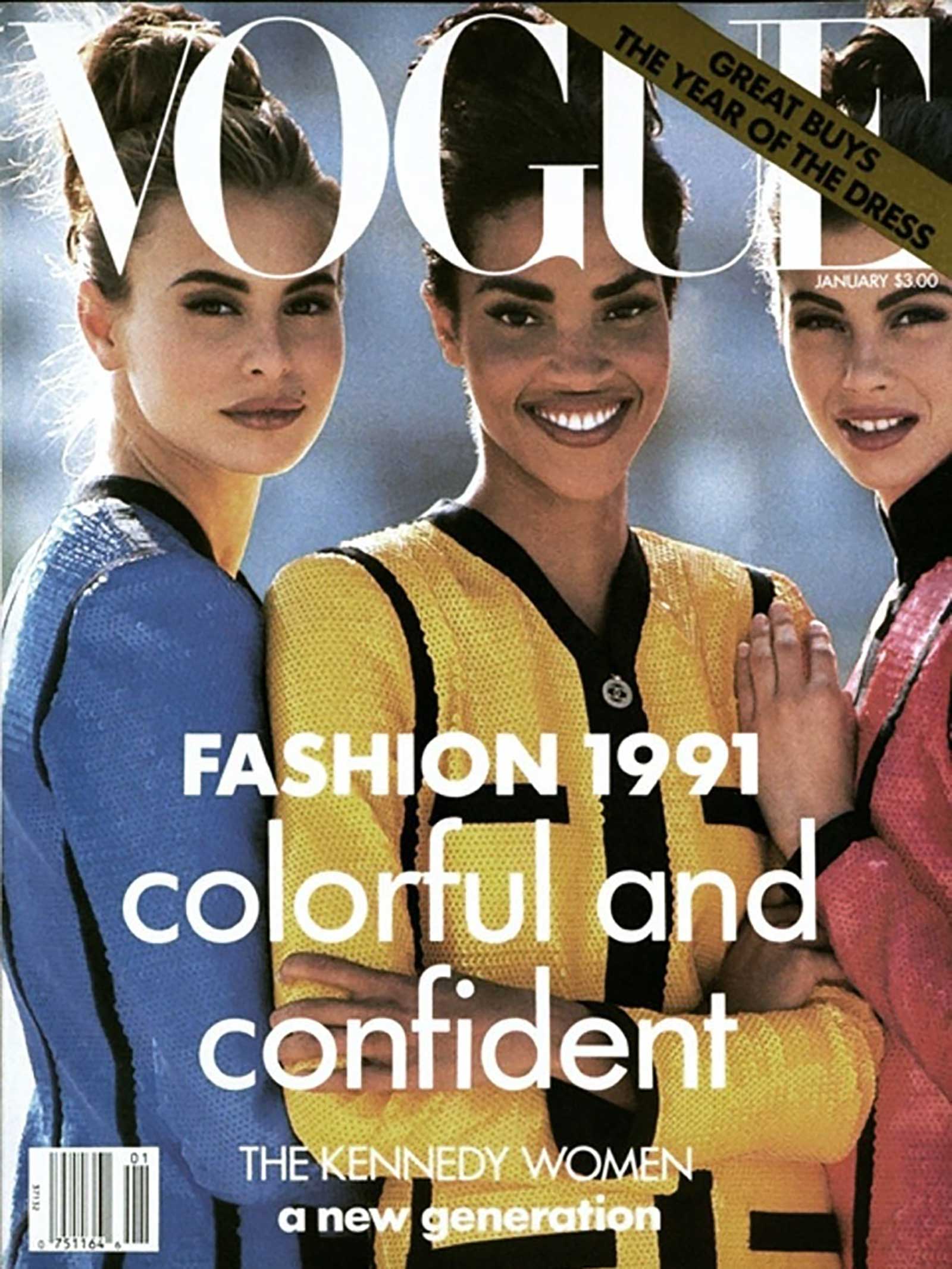
Women’s Trends of the 1990s
Supermodels: The Rise of Models as Muses and Celebrities
They were turning heads and fluttering hearts in the late 1980s, but with the arrival of the ’90s, they had the world officially enraptured. They were the supermodels. The big four? Linda Evangelista, Cindy Crawford, Naomi Campbell, and Christy Turlington. But then there was Claudia Schiffer, Tatjana Patitz, Tyra Banks, Carla Bruni Sarkozy, Helena Christensen, Yasmeen Ghauri, Nadja Auermann, Stephanie Seymour, Elle MacPherson, and more.
“Why are these girls so famous? Why are they personalities in their own right? Why are they known from one side of the globe to the other? How come I can turn on the TV in Scotland and watch Christy Turlington washing her little face with three kinds of Camay soap? How come a Japanese news crew flies to Paris to ask Linda Evangelista—in English— what her hobbies are? (Playing the accordion.) How come these girls are paid so much? Photographed so much? In such demand? Where has the extraordinary phenomenon of the supermodel come from?” asked Vicki Woods in a jaunty article in Vogue’s July 1991 issue.
They walked runways; when Evangelista, Turlington, Campbell, and Crawford, sashayed down Gianni Versace’s fall 1991 runway show arm in arm, it was said they were far more famous than the clothes. They had famous boyfriends; Crawford, at the time, was married to Richard Gere. They lent their faces (per Woods, “as full of bones as a fifties corset, though not bony”) to the biggest brands; see Crawford’s sultry Pepsi commercial, and Turlington’s Calvin Klein Eternity ads. They embodied the woman of the 1990s—liberated, powerful in their own skin. Never before in history had fashion models yielded such influence. They were household names and fashion brands clamored to work with them. The rise of the supermodel coincided with the rise of individuality in fashion; mute mannequins were out. Models with passions, personalities, and pizazz were in.
By the mid-decade, a new crop of models emerged. Like younger sisters to their grown-up predecessors, these new models were less bodacious glamazons and more waifish willows. And they seemed tailor-made to represent a subculture of fashion that would soon trickle up onto the runway: grunge. These models? Kate Moss, Shalom Harlow, Kirsty Hume, Stella Tennant, and Amber Valletta.
In a March 1996 article IDing the new gaggles of supers called “Supermodels: The Sequel,” Karl Lagerfeld speaks to this generation of models. “They are very young, very much like children—what’s referred to like an elf. There is a kind of vulnerability about them. They need protection…But not Stella Tennant, eh? Because she is a tough number.”

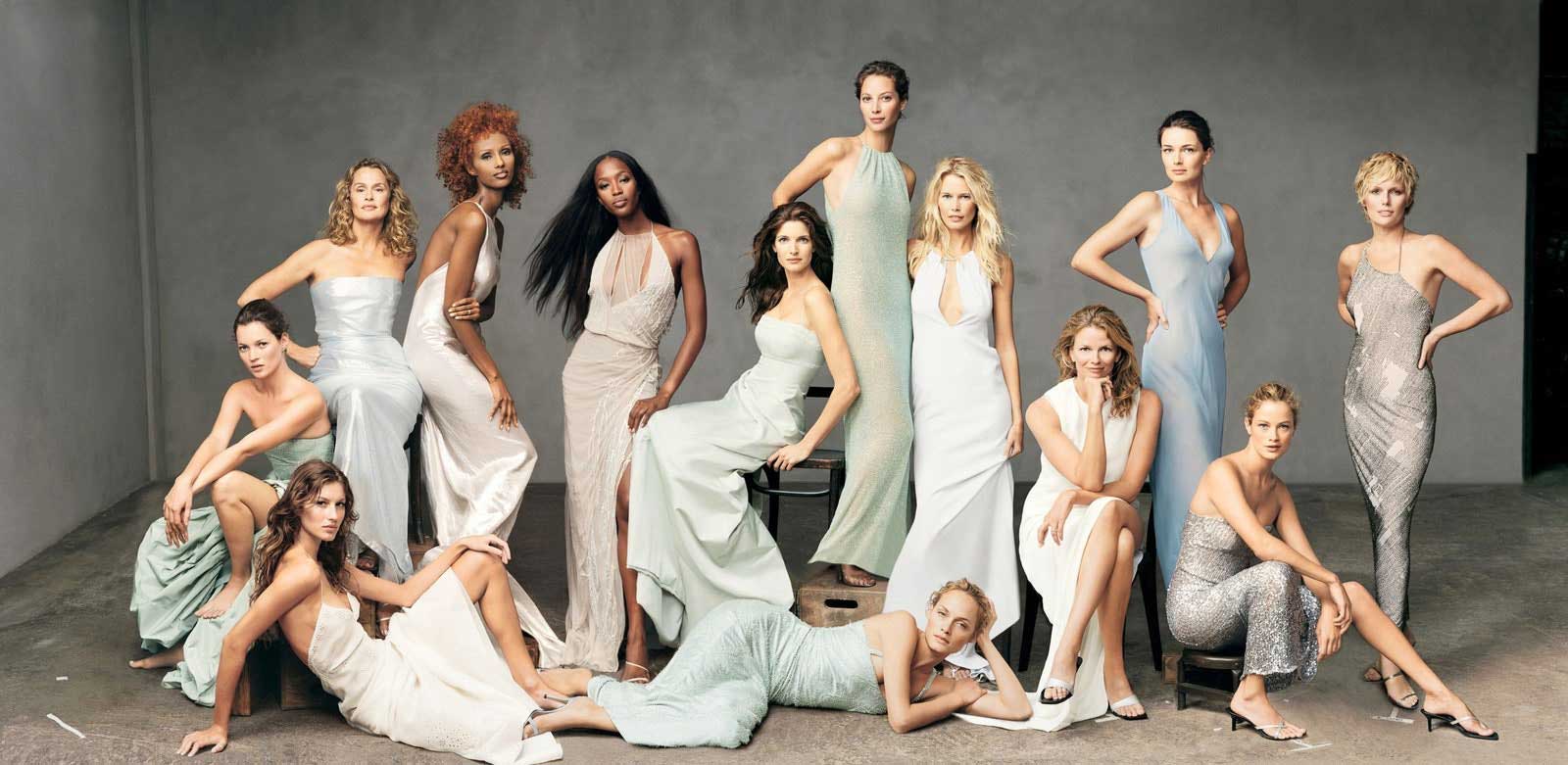
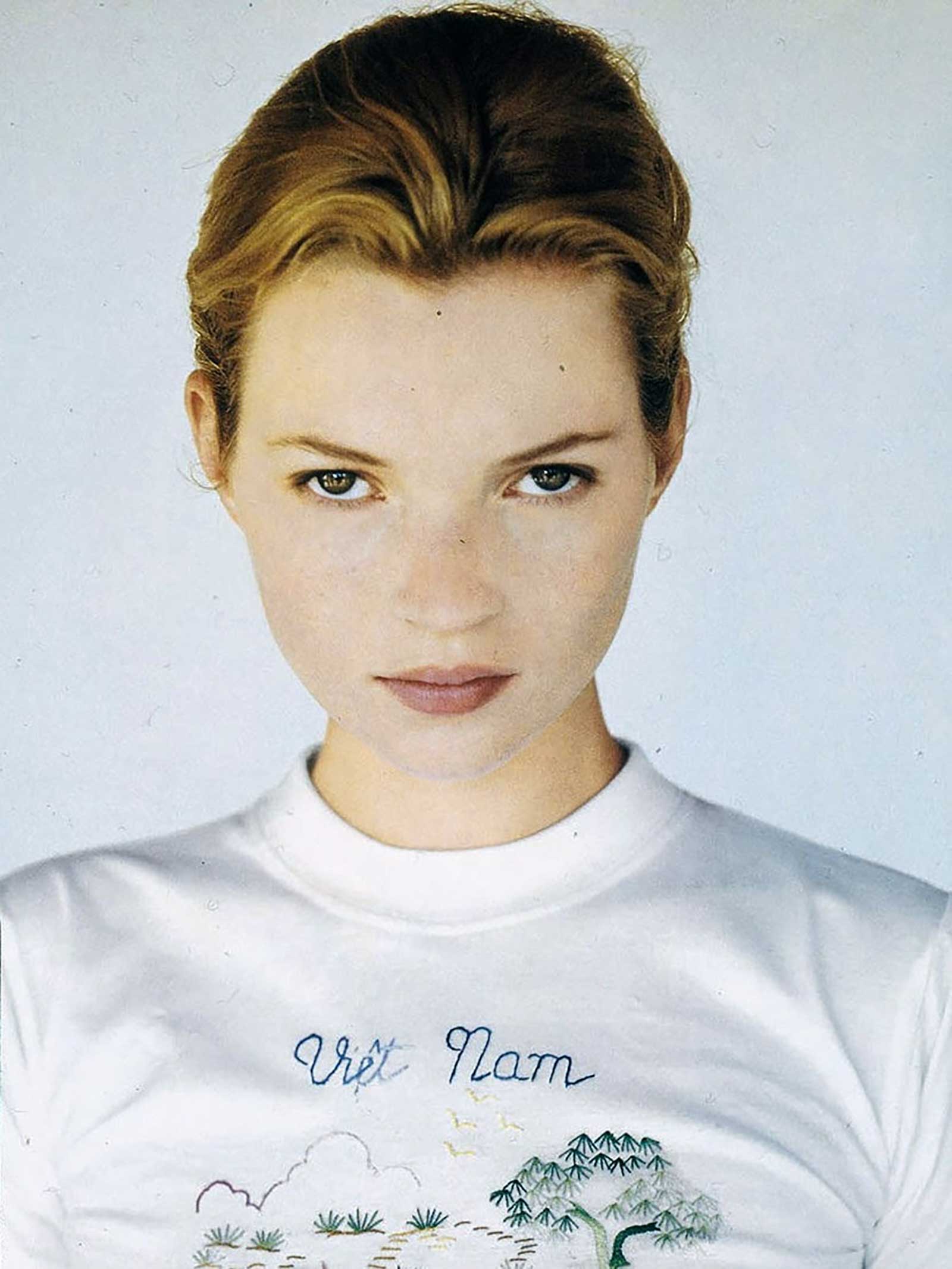

Grunge: The Laid-Back Look Trickles Up to High Fashion
Seattle gave the world a whole new sound in the 1990s and the world listened. The worn-in thrifted fashions (flannel shirts over vintage tees, baggy aged jeans, sneakers, day-old hair) worn by bands Nirvana, Soundgarden, and Pearl Jam were less shocking than the Punk fashions of the 1970s and, therefore, more widely adopted. The look wasn’t effortless per se, but it was not the intent to look as though you had put in any effort. Fashion as secondary was the intent; musings on the human condition and introspection were paramount to grunge. By the 1990s, the “grunge” look had infiltrated the wardrobes of teenagers the world over, and eventually, it made its way onto the catwalk in a then-rare trickle-up progression.
Famously, Marc Jacobs for Perry Ellis’ spring/summer 1993 collection was inspired by the laid-back look. The collection which went down in fashion history but unfortunately gave Jacobs the boot at Perry Ellis (he was ahead of his time!) was shown in September of 1992. That December, Steven Meisel photographed Naomi Campbell and Kristen McMenamy in a memorable spread “Grunge & Glory.” The text that accompanied the spread, by Jonathan Poneman, was as follows.
“Throw out your detergent! This is not a call to arms; it’s an invitation to dress down and party up! As the fin de siècle draws near, greed has gone to seed. What started out as a serfs’ rebellion against aristocratic glamour has turned into a fashion revolution that champions “revolting” for its own sake.”
In the spread, edited by Grace Coddington, models wore Ralph Lauren, Anna Sui, and plaid shirting with the sleeves hacked off over translucent Calvin Klein slip dresses. There are lots of beanies, layering, and band tees.
The following year, in Suzy Menkes’ review of Jacobs’ show in Vogue’s January 1993 issue: “I told Marc Jacobs that his Perry Ellis show—all floppy coats worn with crochet vests and hot pants or ombre chiffon tunics and pajamas—looked like hippies with attitude. ‘I don’t like labels. It’s how you wear clothes today. It’s how the girls look when they come in here,’ he said. How grunge is that?”
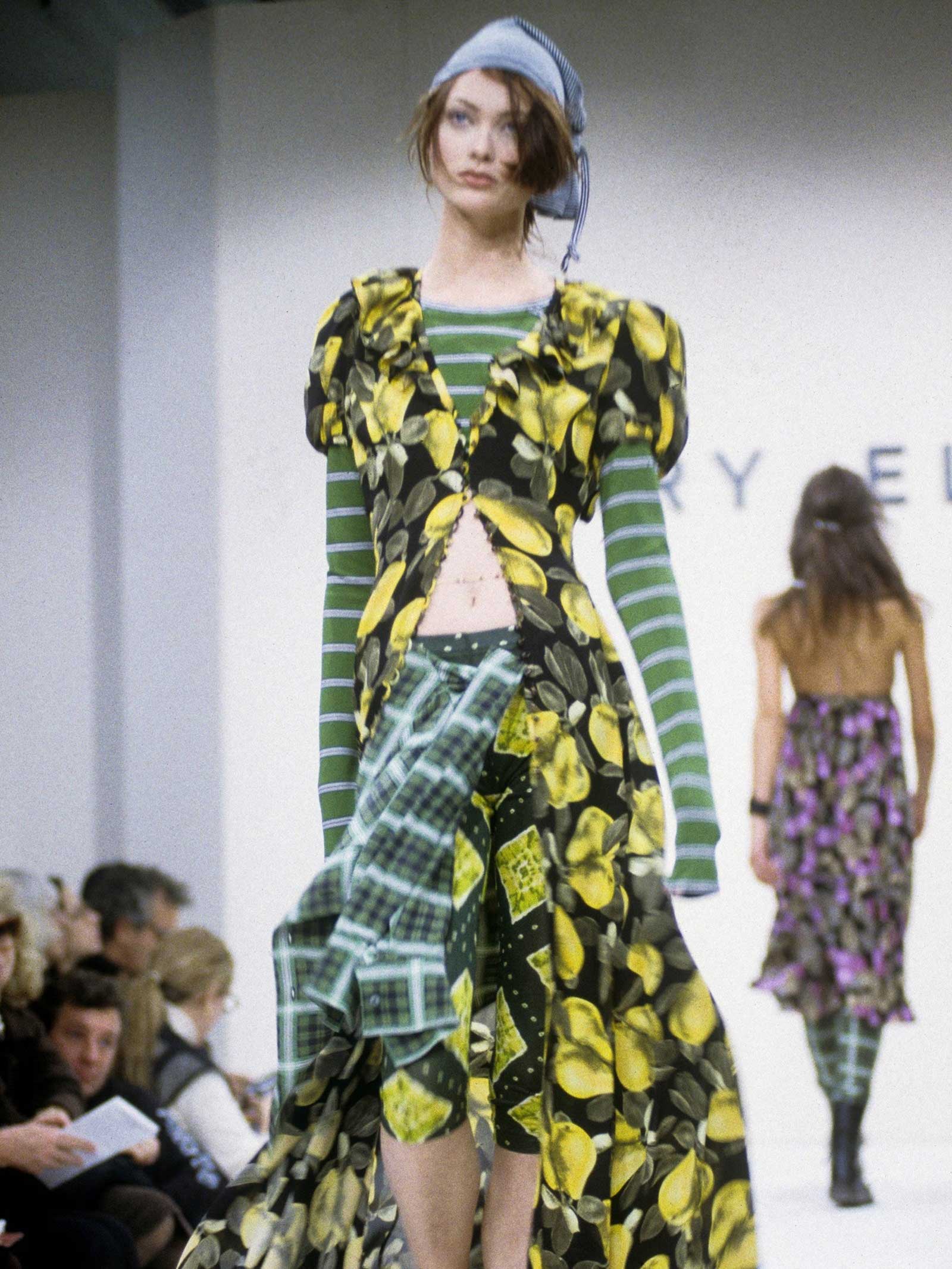
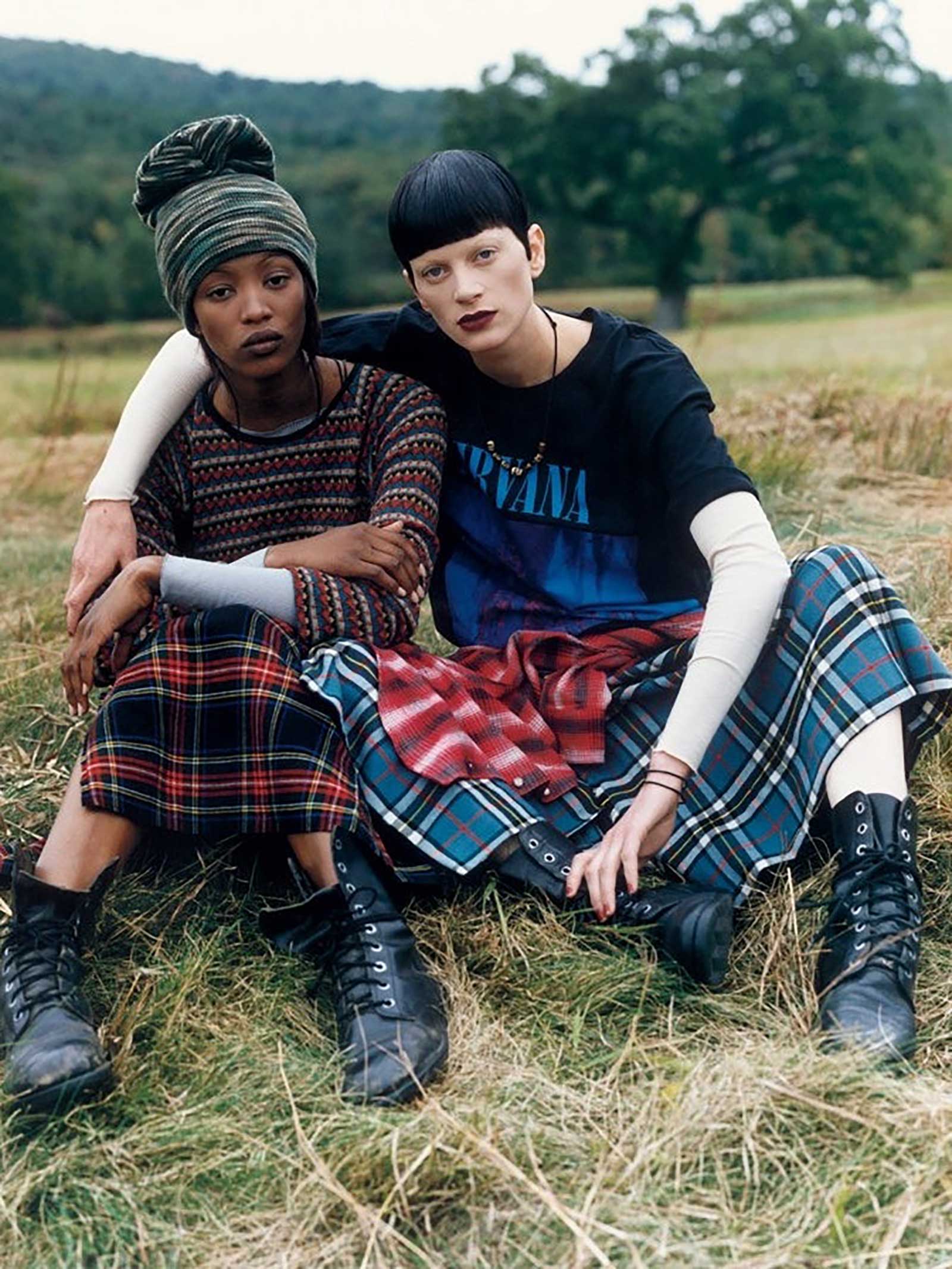
Minimalism Reigns: Fashion Strips Down
“Just as the Bauhaus dedicated itself to the relentless pursuit of pure form, today’s minimalists—from Jil Sander to Calvin Klein—aim for the same goal. Fashion embraces the new uniform,” Vogue wrote in May of 1996, opening a Steven Meisel-photographed editorial featuring Stella Tennant.
Never before had fashion been so un-fussy. Designers like Calvin Klein, Helmut Lang, and Prada jumped on the momentum of a pendulum swinging away from the extreme opulence and exaggeration of 1980s fashion.
For those minimalists in the 1990s, fashion in its purest form was prized. Slip dresses without seams, button-ups with a utilitarian straight-forwardness, a color palette of blacks, whites, navy, and, if feeling peppy, pastels in the shades of Jordan almonds. Rarely a pattern; never an embellishment. The look was almost virginal, as though untouched by fashion.
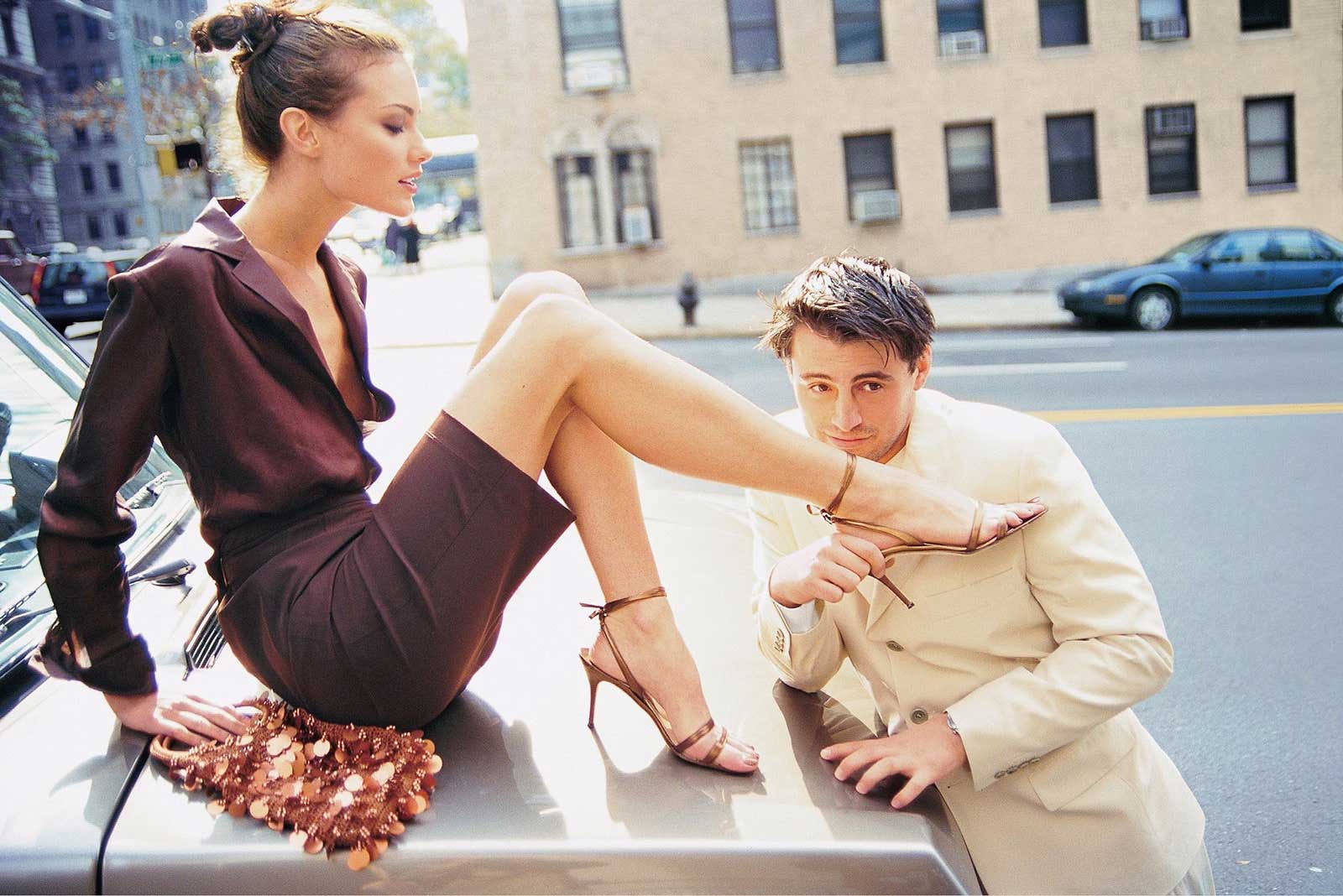
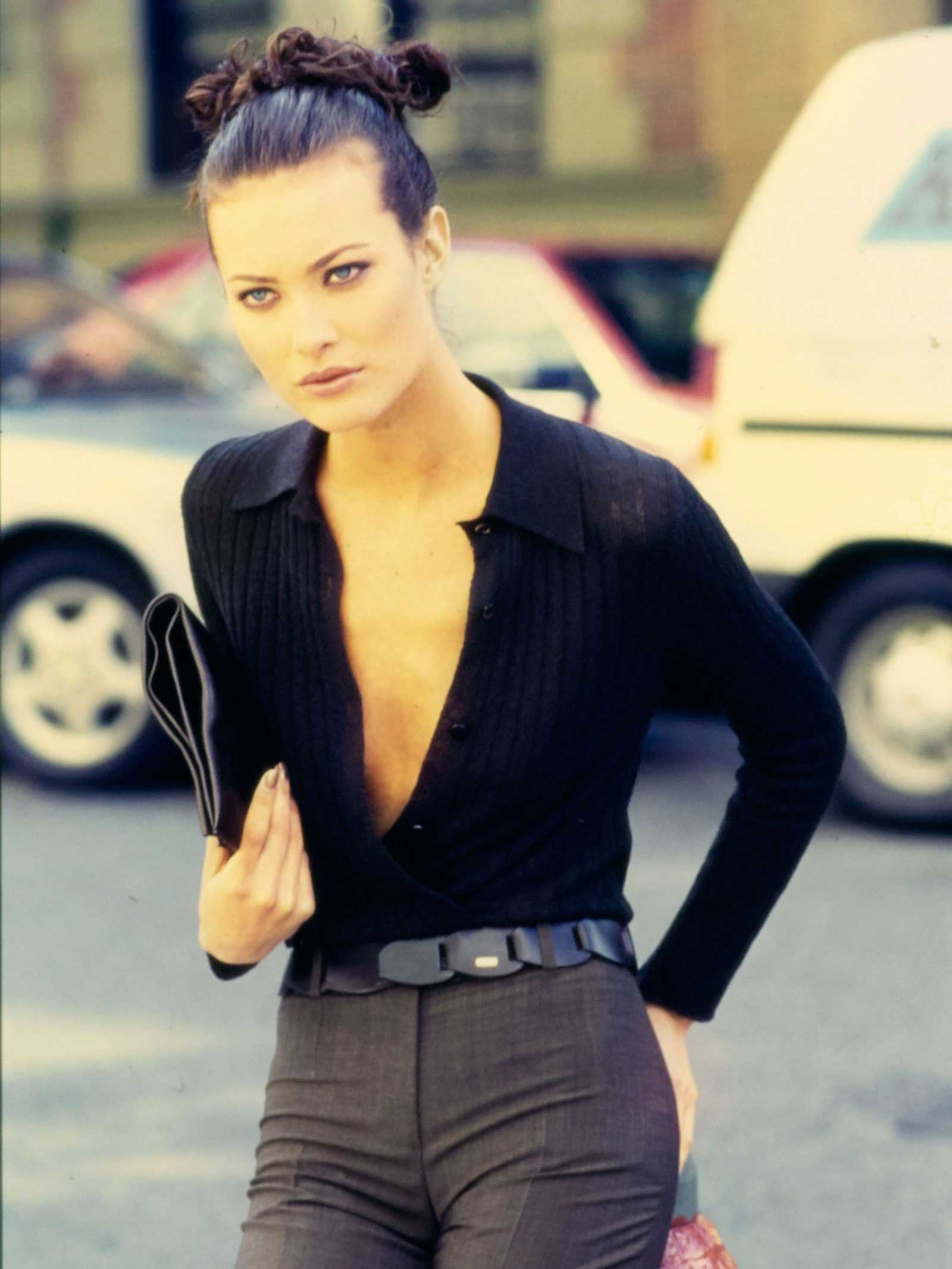

Fashion Fantasy: Designers Go Gaga For Nostalgia and Wanderlust
As the decade inched closer to Y2K, ’90s fashion got nostalgic. Designers were referencing sleeves from the 1880s, with bias cuts from the 1930s, and the couture craftsmanship of the 1950s. On top of this medley of eras, various sartorial inspirations from throughout the globe were sprinkled in. Native dress and folkloric fashions from everywhere and anywhere were pulled from.
A champion of this look was John Galliano, who launched his own label in 1986. By 1995, he was designing for Givenchy but it wasn’t until he landed at Dior in 1997 that Galliano’s fashion fantasy really took flight.
Alexander McQueen, meanwhile, who had launched his label in 1992, fused fashion history with natural history with a cabinet of curiosities-approach to dressing women. Rifat Ozbek, whose much-lauded all-white collection in 1990 references Western headdresses, epitomized the fantasy look. So did Vivienne Westwood, who continued to celebrate all things Victoriana in her Anglomania lines, Dries Van Noten, who skillfully assembles prints and patterns, and Jean Paul Gaultier, with his spring/summer 1994 ‘Les Tatouages’ tattoo collection.
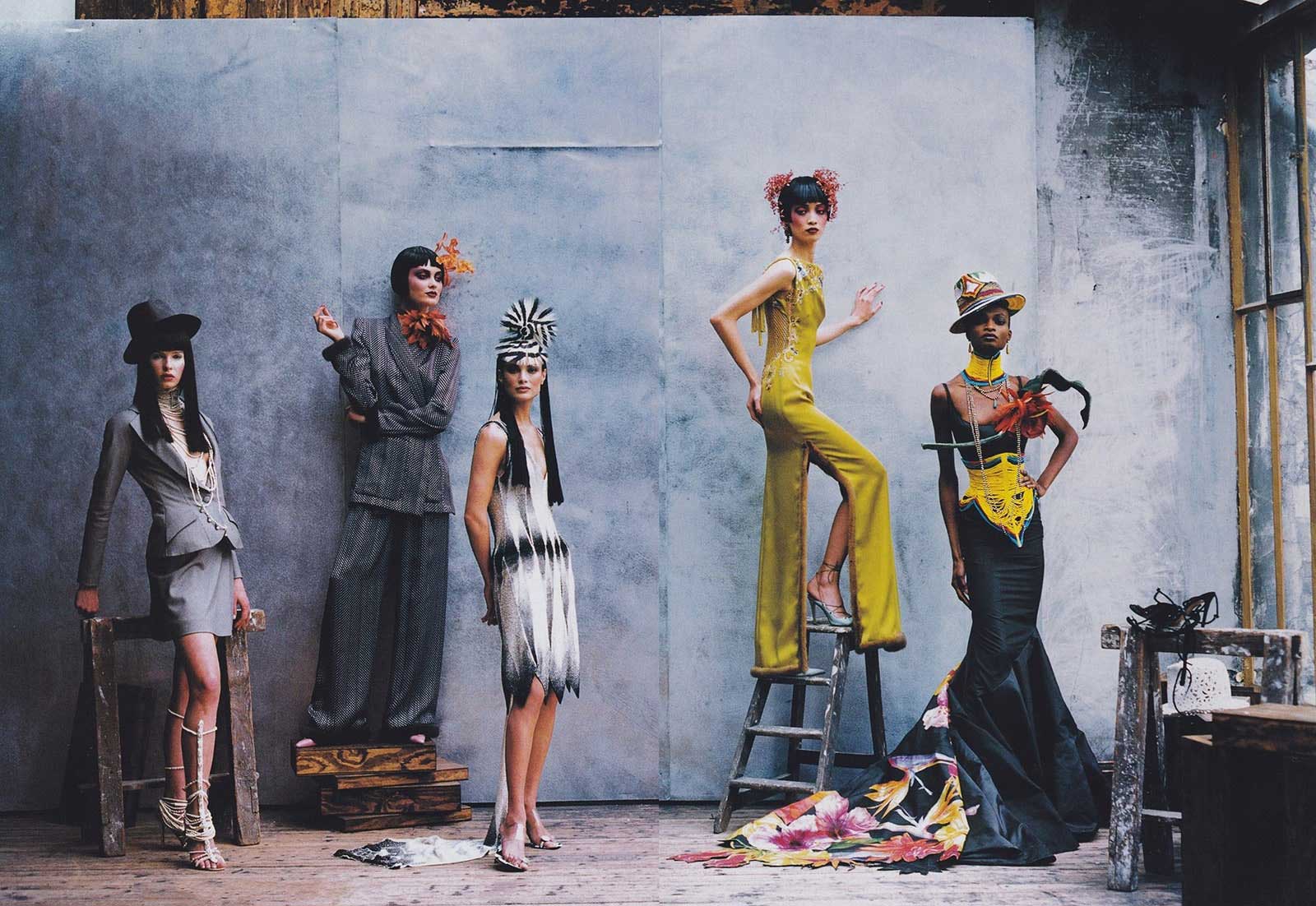
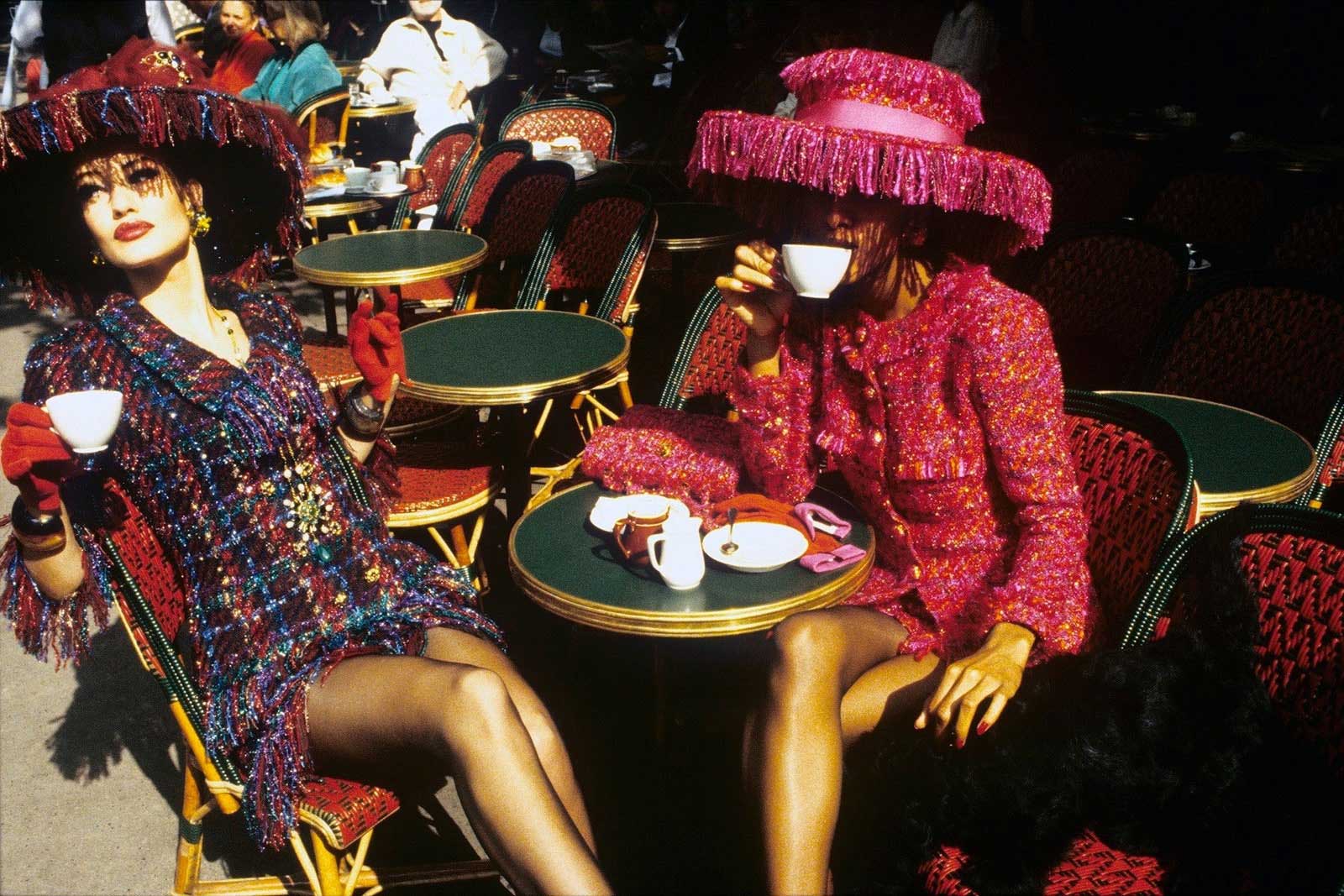
Digital Age: Fashion Goes Cyber
The arrival of the internet and digital photography influenced fashion in a playful way. While technology in fashion did play out with advancements in fiber technology, with the introduction of micro-modal fabrics and silicon-coated fibers in athletic wear, fashion had fun with the concept of the World Wide Web. “With the coming millennium in mind, designers put their own spin on cyberstyle with visionary high-tech- meets-primitive mixes,” wrote Vogue in the March 1994 issue.
While advancements of technology weren’t really required for the look, it was futuristic. Thierry Mugler, who looked ahead with his sexed-up cyborgs robot collection in fall/winter 1995 collection. Rifat Ozbek sent out a calculator necklace that was suspended in tribal-looking beads in the ultimate post-apocalyptic chic accessory. Hussein Chalayan sent out several collections that championed this brand-new aesthetic. And Jil Sander designed dresses fashion after space age 2.0-looking aluminum foil sheaths.
On screen, there was 1997’s The Fifth Element which featured Milla Jovovich costumed by Jean Paul Gaultier, and 1999’s The Matrix adding to the drama of the cyber age’s fashionable manifestations.
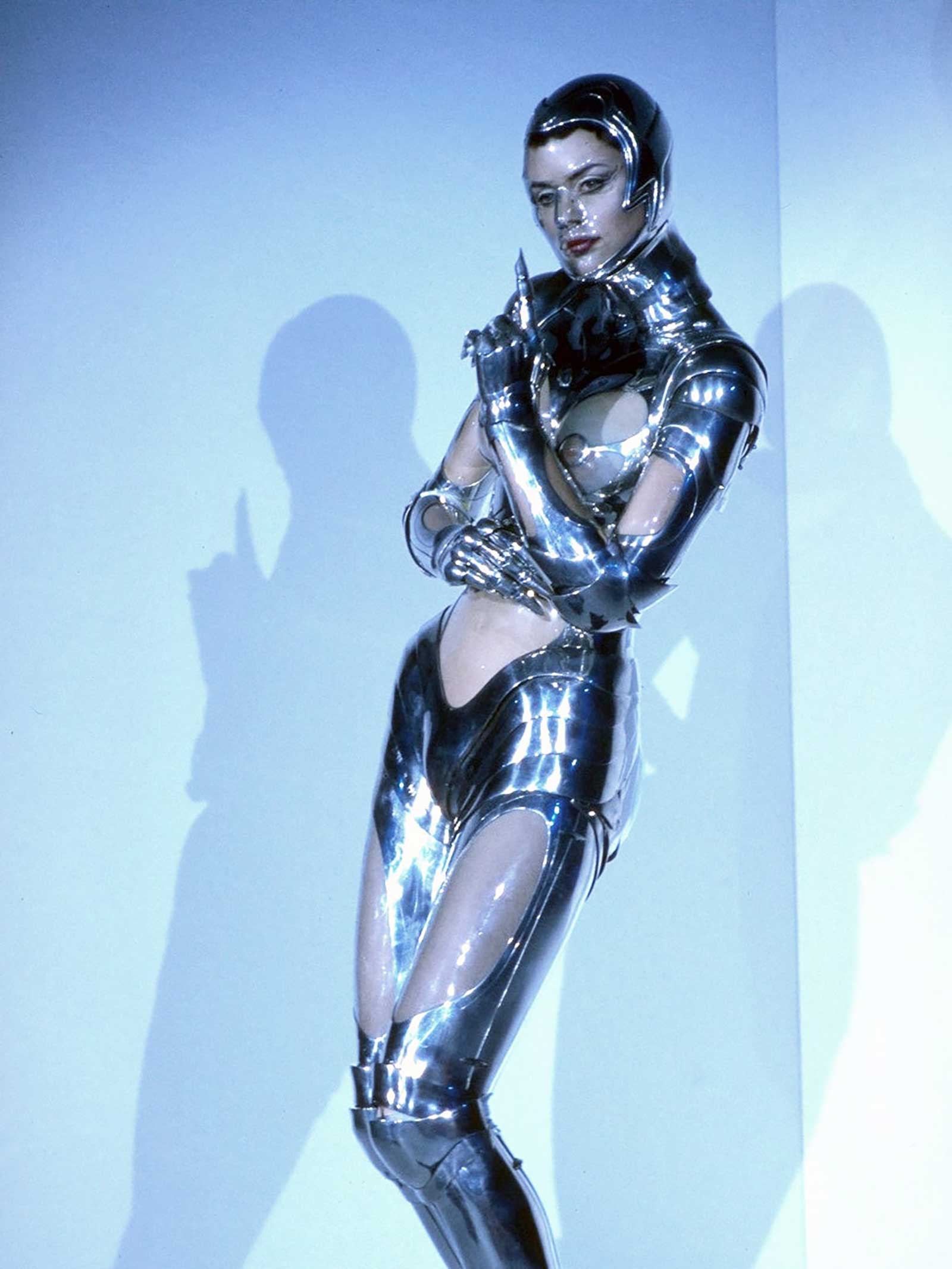
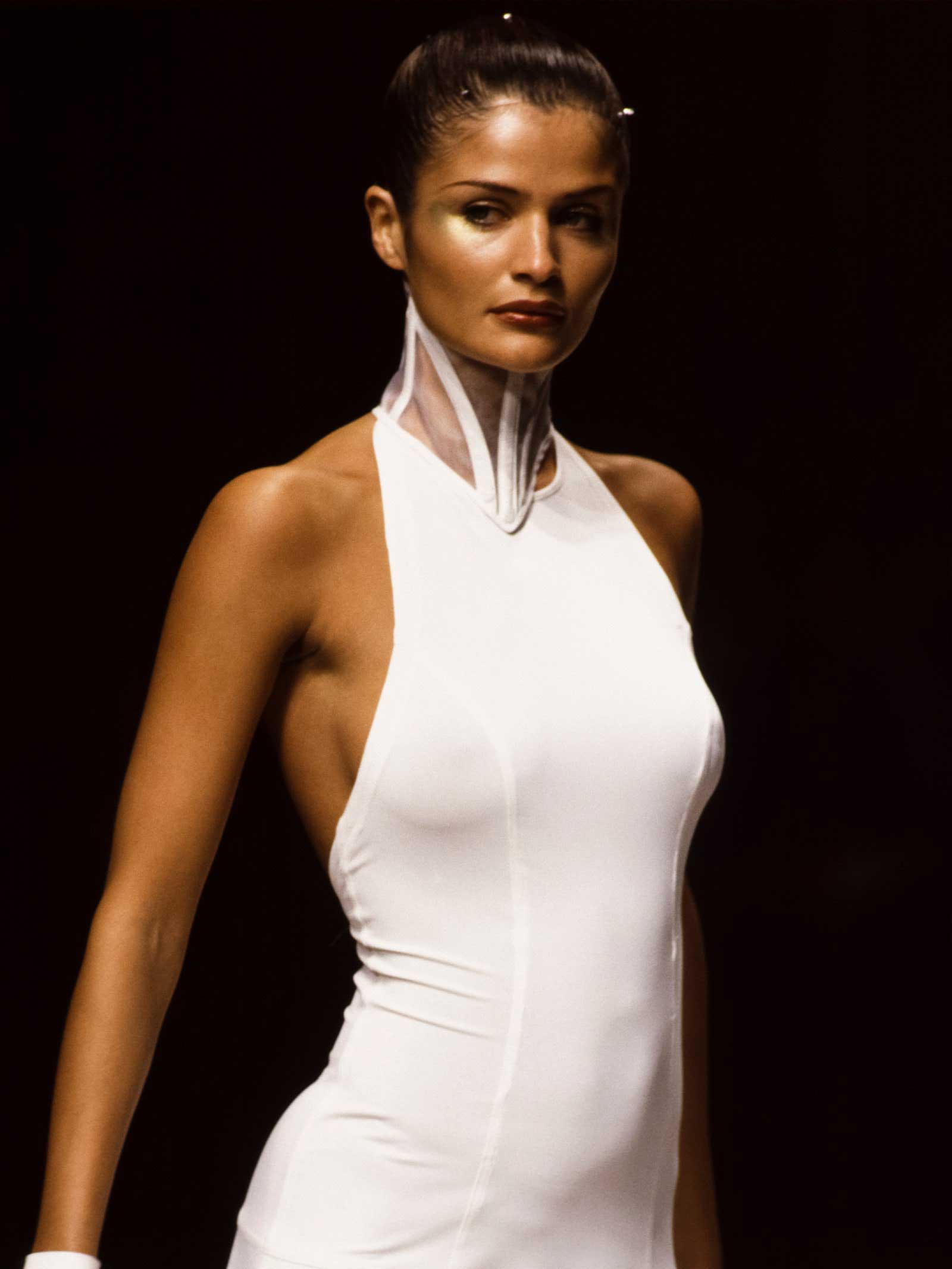
Women of Hip-Hop Make Their Mark
In 1991, TLC came onto the scene and delivered a fresh new look. At the beginning of the decade, TLC continued the 1980s hip-hop style with bright neons, parachute pants, and oversized denim dungarees, which they safely pinned condoms onto for safe sex promotion. Given that they were riffing off male rappers’ fashion, the look was tomboyish. As the group matured, they began dressing in body-bearing looks, like metallic sports bras with cargo pants and slinky leotards.
In 1996, Aaliyah was chosen for Tommy Hilfiger’s Tommy Jeans ad campaign, sporting a tube top and exposed Tommy Hilfiger-branded underwear band and baggy, particolored pants. By 1998, Destiny’s Child was formed and would soon set trends. In 1997, Kimora Lee Simmons launched Baby Phat, which sold the hip hip lifestyle to anyone who wanted to look the part.
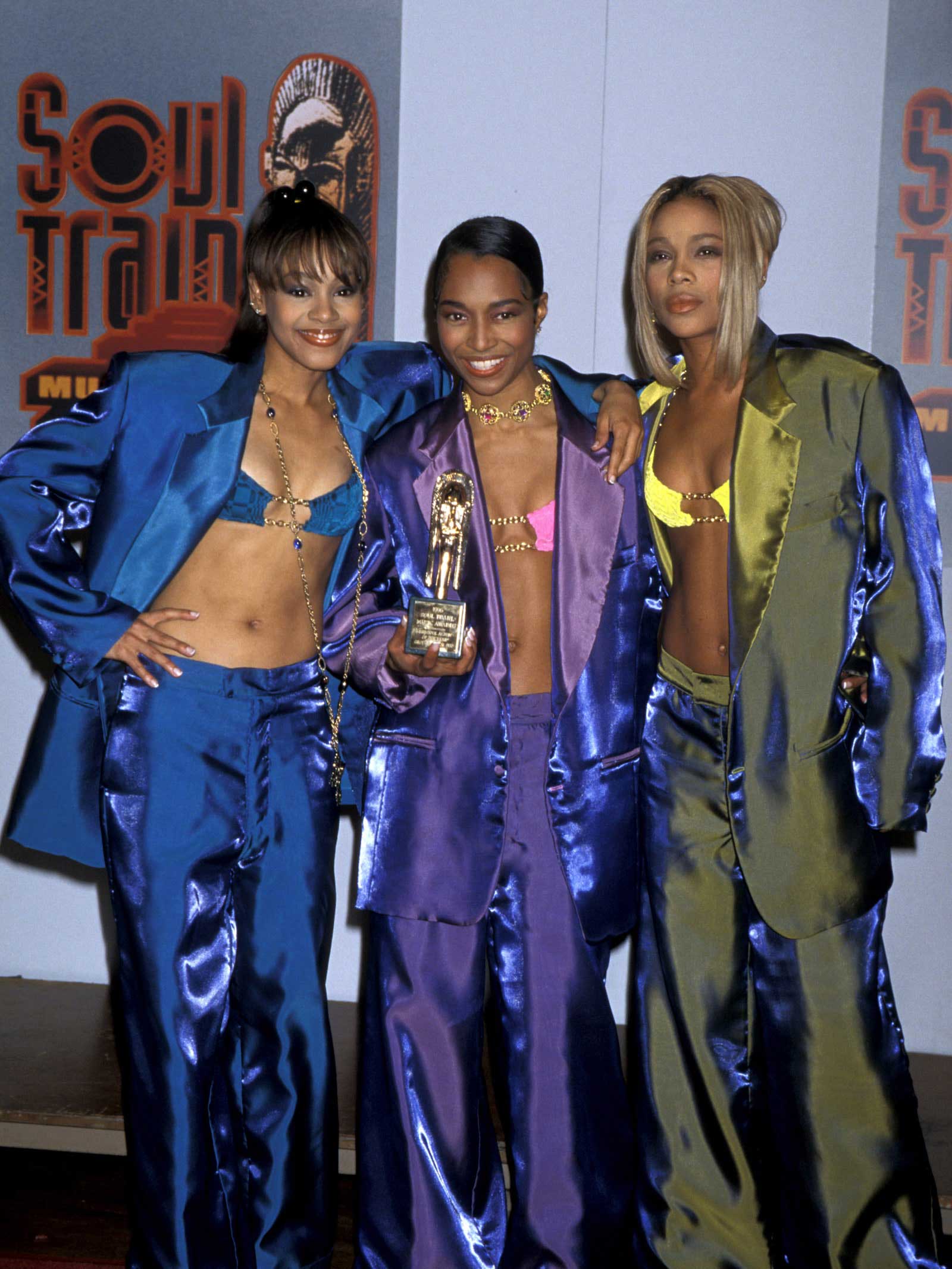
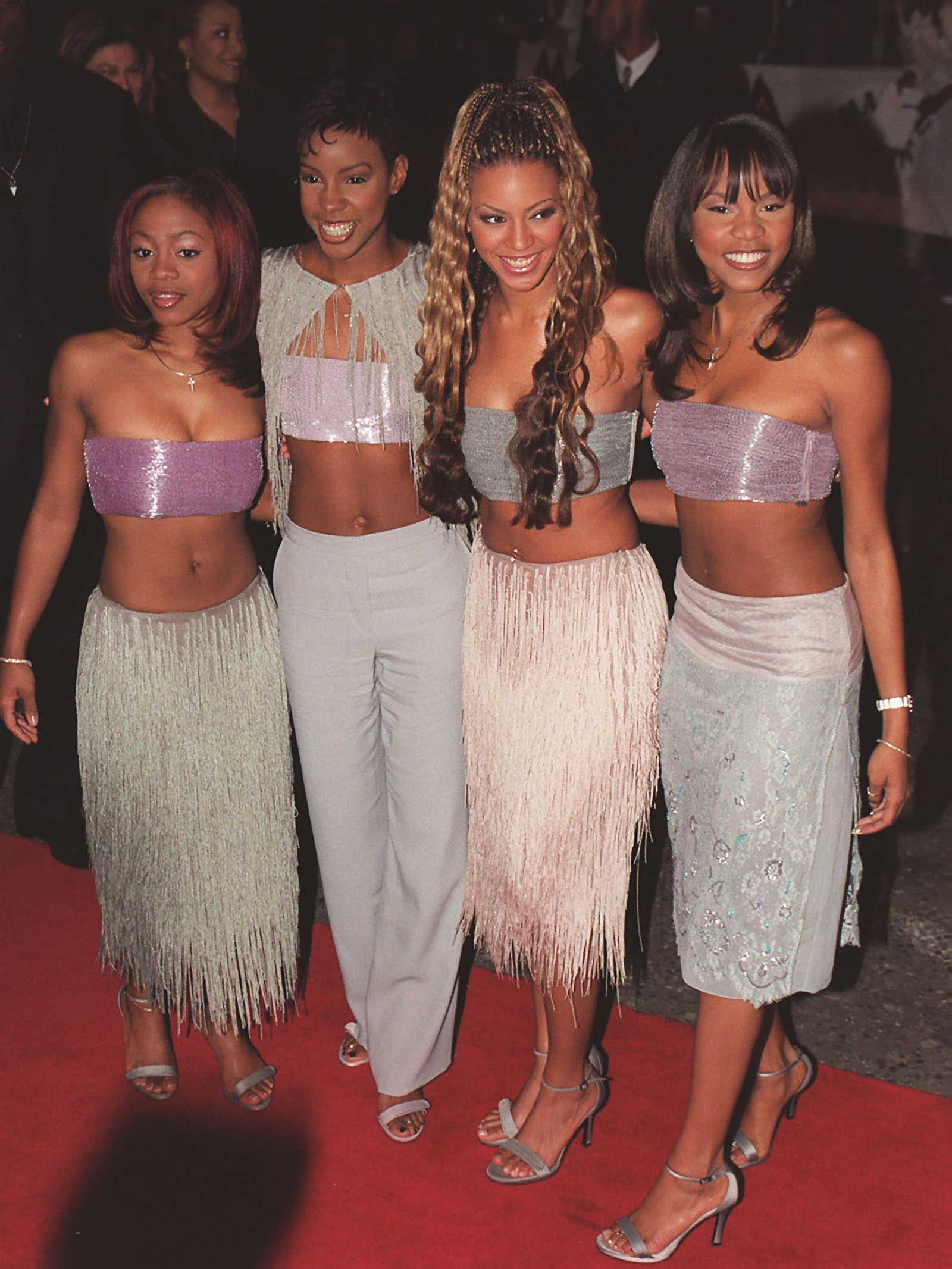
The Business of Fashion Booms: Labels and Licenses
Though a designer licensing their name was nothing new (Halston exercised nearly all possibilities in the 1970s), the 1990s saw licenses and diffusion labels galore. There was Ralph Lauren Purple Label, Polo Label, Lauren By Ralph Lauren etc, Calvin Klein underwear, sheets, and fragrances, DKNY by Donna Karan, Giorgio Armani launched Emporio Armani, Dolce and Gabbana launched D&G, and Versace launched Versus and in 1989, their couture collection Atelier Versace was born—proof that no one could get enough Versace!
Elsewhere, fashion houses were being revived and sustained with a clever placement of fashion designers; Tom Ford arrived at Gucci in 2000 and the world was never the same. Marc Jacobs was appointed as creative director at Louis Vuitton in 1998 and designed the house’s first-ever ready-to-wear collection that same year, and Miuccia Prada’s ready-to-wear collections (launched in 1988) for her family’s storied leather goods label ushered in a whole new era for Prada.
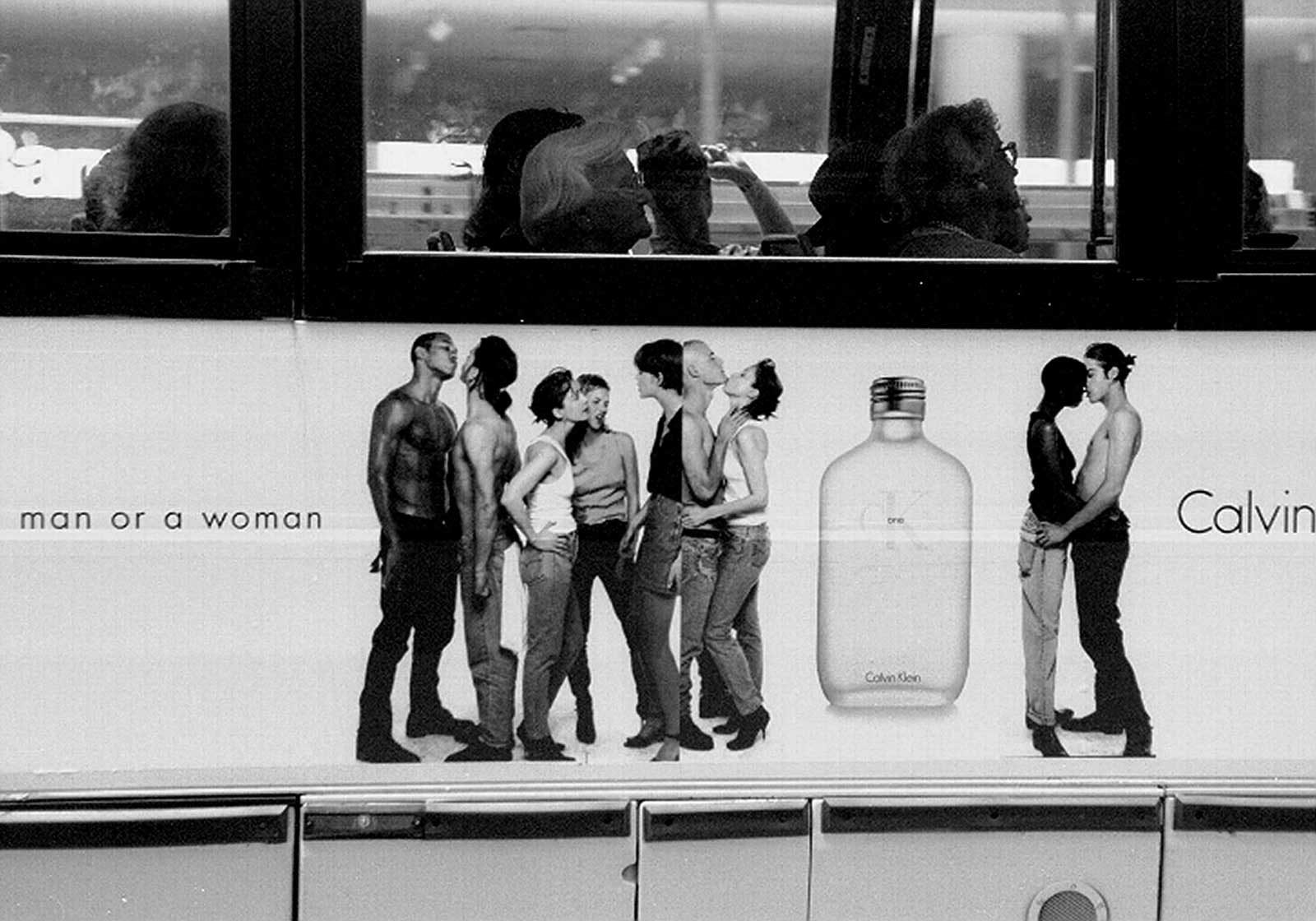
Top Designers of the 1990s
Gianni Versace, Prada, Dolce & Gabbana, Rifat Ozbek, Marc Jacobs for Perry Ellis, Anna Sui, Romeo Gigli, Alexander McQueen, Calvin Klein, Fendi, Hussein Chalayan, Tom Ford for Gucci, Martin Margiela, Dries Van Noten, Ann Demeulemeester, Vivienne Westwood, Comme des Garçons’ Rei Kawakubo, Yohji Yamamoto, Donna Karan, John Galliano, Karl Lagerfeld for Chanel, Yves Saint Laurent, Theirry Mugler, Christian Lacroix, Jean Paul Gaultier, Ralph Lauren, Bill Blass, Stephen Burrows, Oscar de la Renta, Anne Klein, Sonia Rykiel, Missoni, Chloé, Kenzo, Issey Miyake, Giorgio Armani, Valentino, Betsey Johnson, Zandra Rhodes, Bob Mackie, Helmut Lang, Julien MacDonald, Richard Tyler, Isaac Mizrahi, Michael Kors, Christian Francis Roth, Moschino, Alaïa
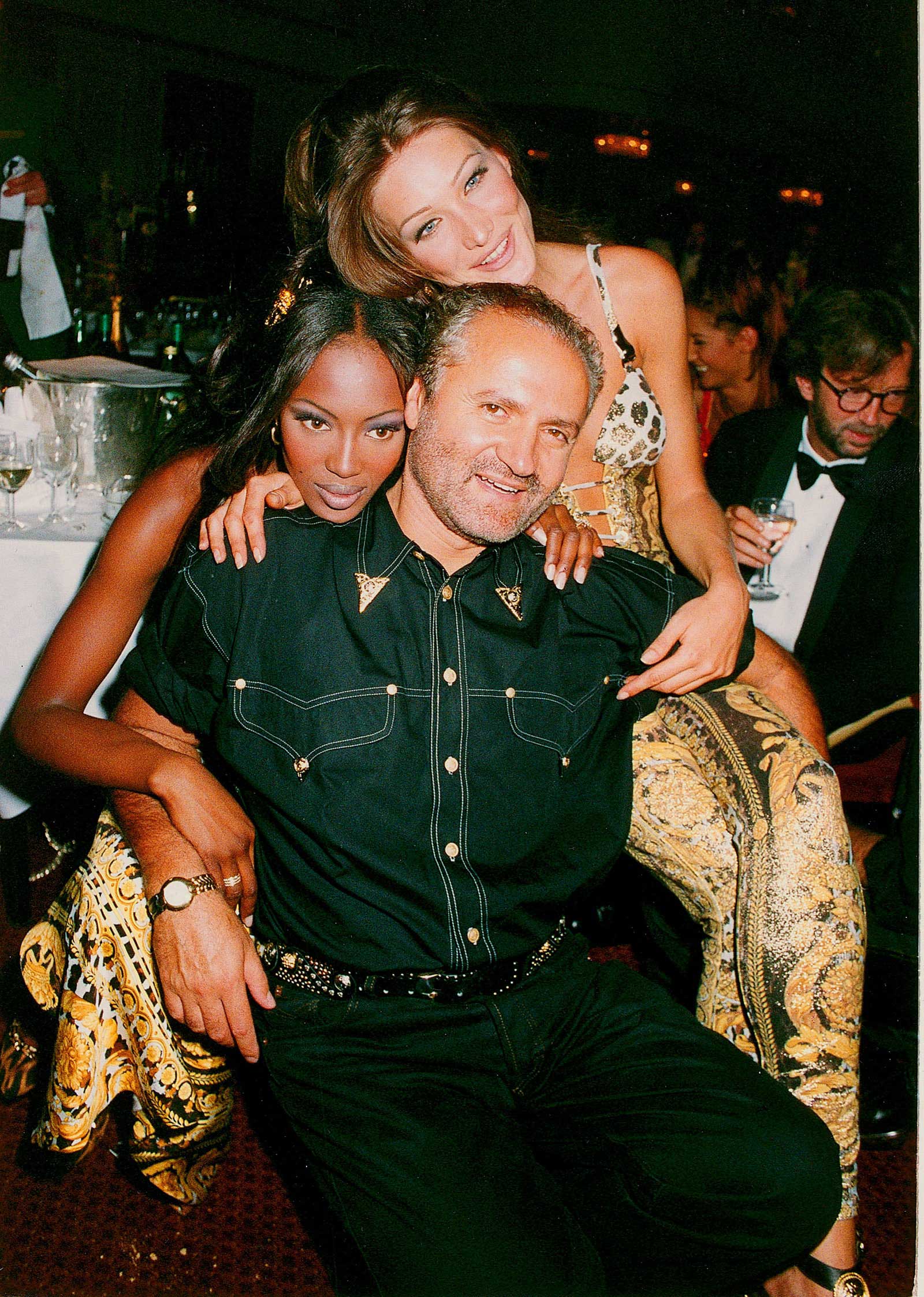
Men’s Trends of the 1990s
Giorgio Armani maintained the position as king of tailoring for men who were looking to suit up but as the 1990s was the most casual decade yet, many men were looking to indulge in the permission society had given them to be more laid-back. At offices, Casual Fridays were quickly taking over and companies like the Gap cashed in, dressing men in Chinos instead of woolen trousers.
Elsewhere, the hip-hop and grunge music scenes were a couple of fashion tribes men could join. In the former, baggy jeans with baggy, layered tees ruled. In the latter, thrifted band tees paired beneath unbuttoned button-ups and ripped jeans were favored. Men could also partake in the cyber-fashion trend with spiked frosted blond tips and metallic goggle-like sunglasses.
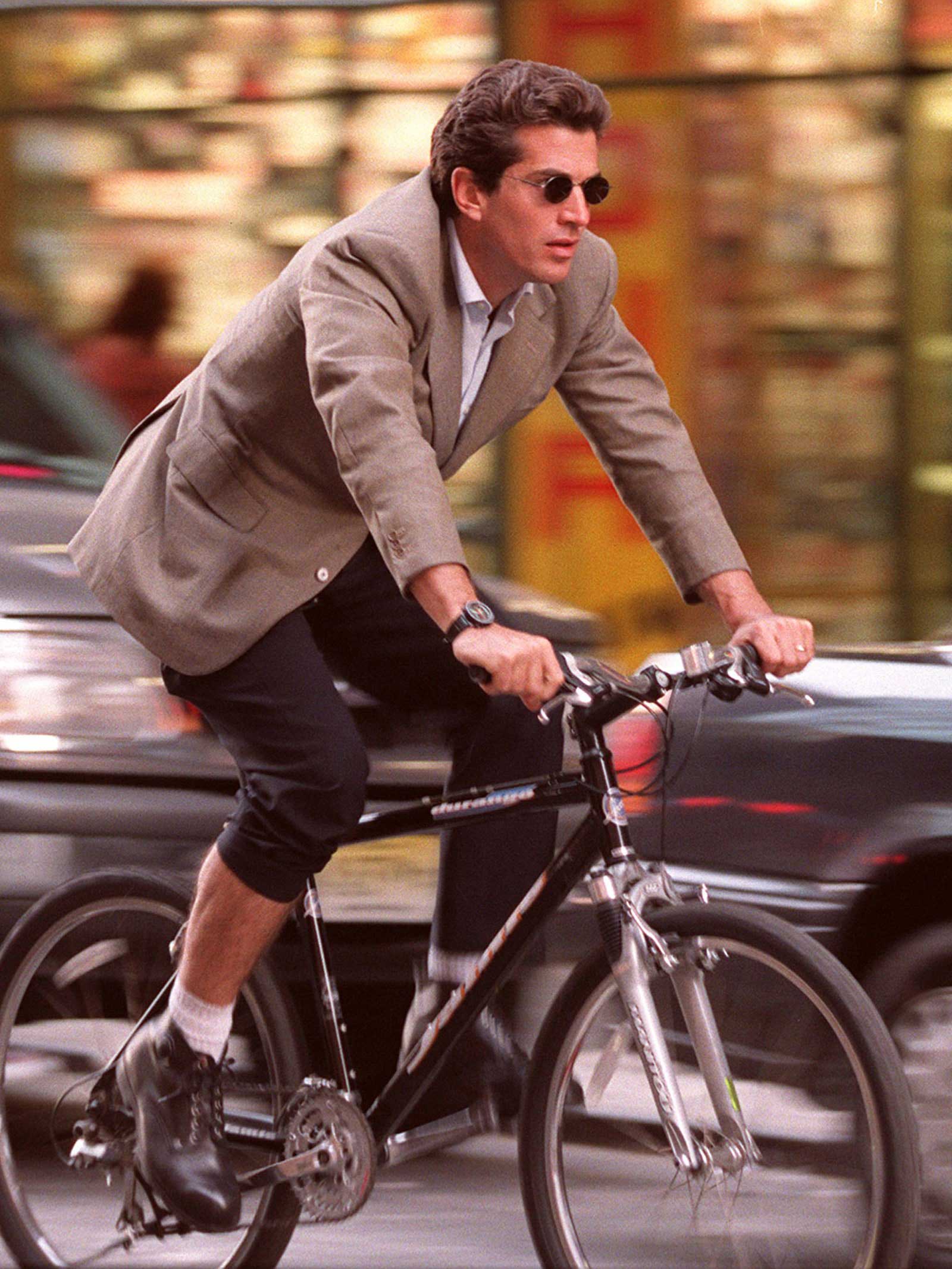
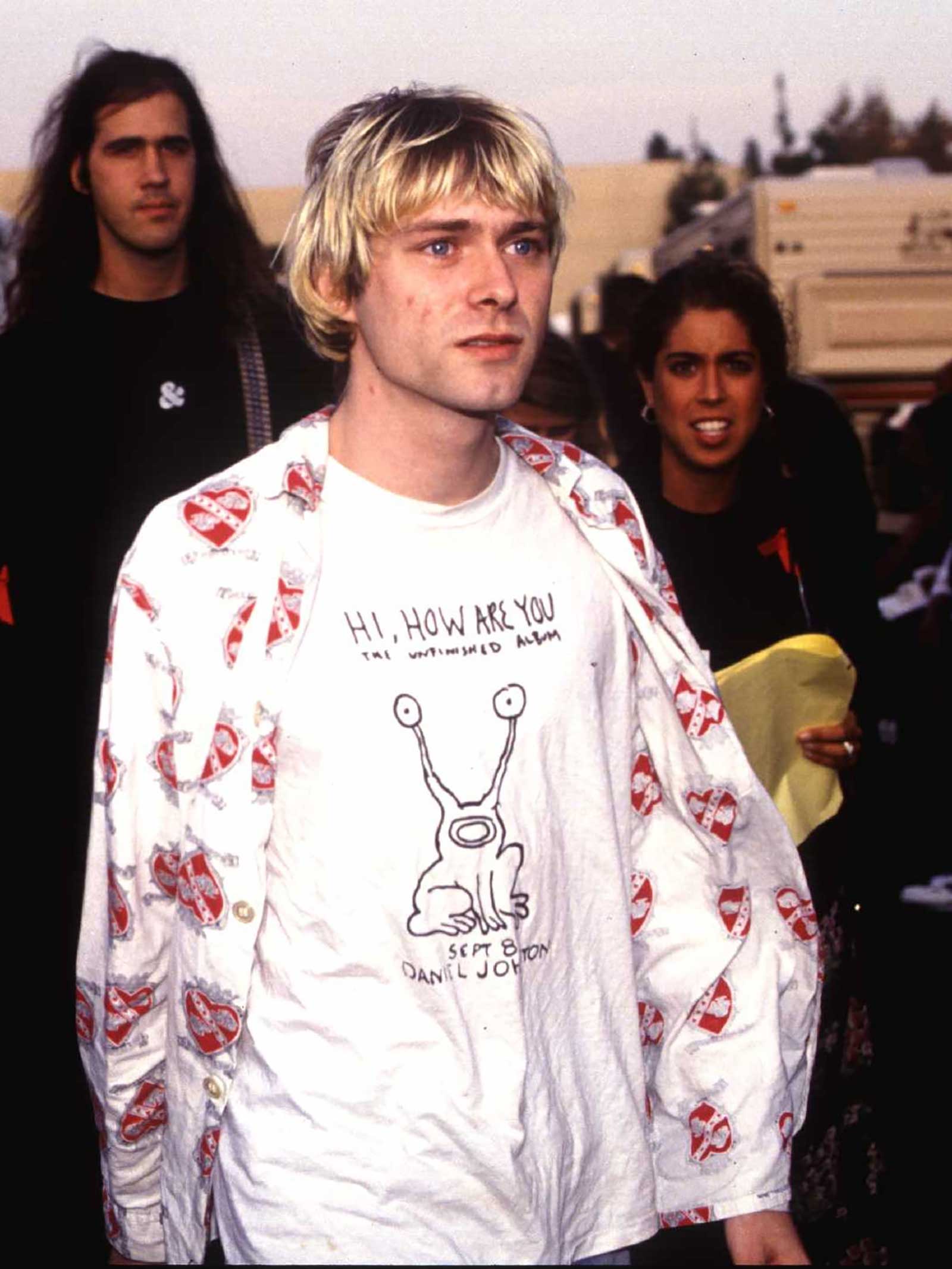
In the culture
On TV, Friends premiered in 1994, and Jennifer Aniston became an overnight fashion muse for the masses. Men were inspired by The Fresh Prince of Bel-Air’s and the zany fashions worn by Will Smith. On the bigger screen, Clueless became an instant fashion classic, introducing a whole new generation to the importance of Alaïa. Boy and girl bands ruled—N’Sync, The Backstreet Boys, The Spice Girls, Destiny’s Child.
Technology became an integral part of life; the first-ever flip phone from Motorola was released in 1996. Google was founded in September of 1998. Bill Clinton became president of the United States in 1993 and in 1998 he was impeached. In 1995, O.J. Simpson was found not guilty of murdering Nicole Brown Simpson and Ronald Goldman. In 1997, Princess Diana tragically passed away in a car accident in Paris.
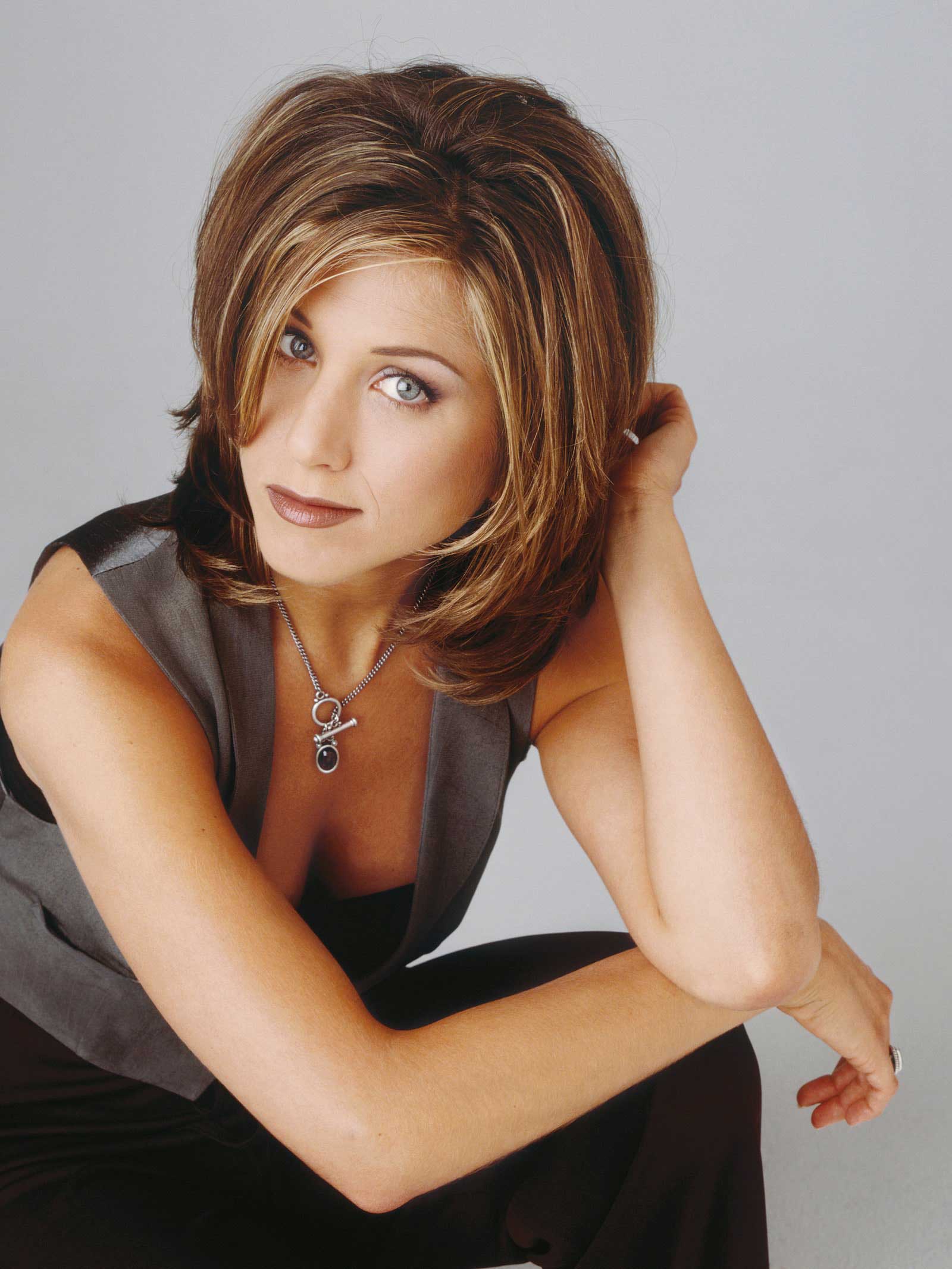
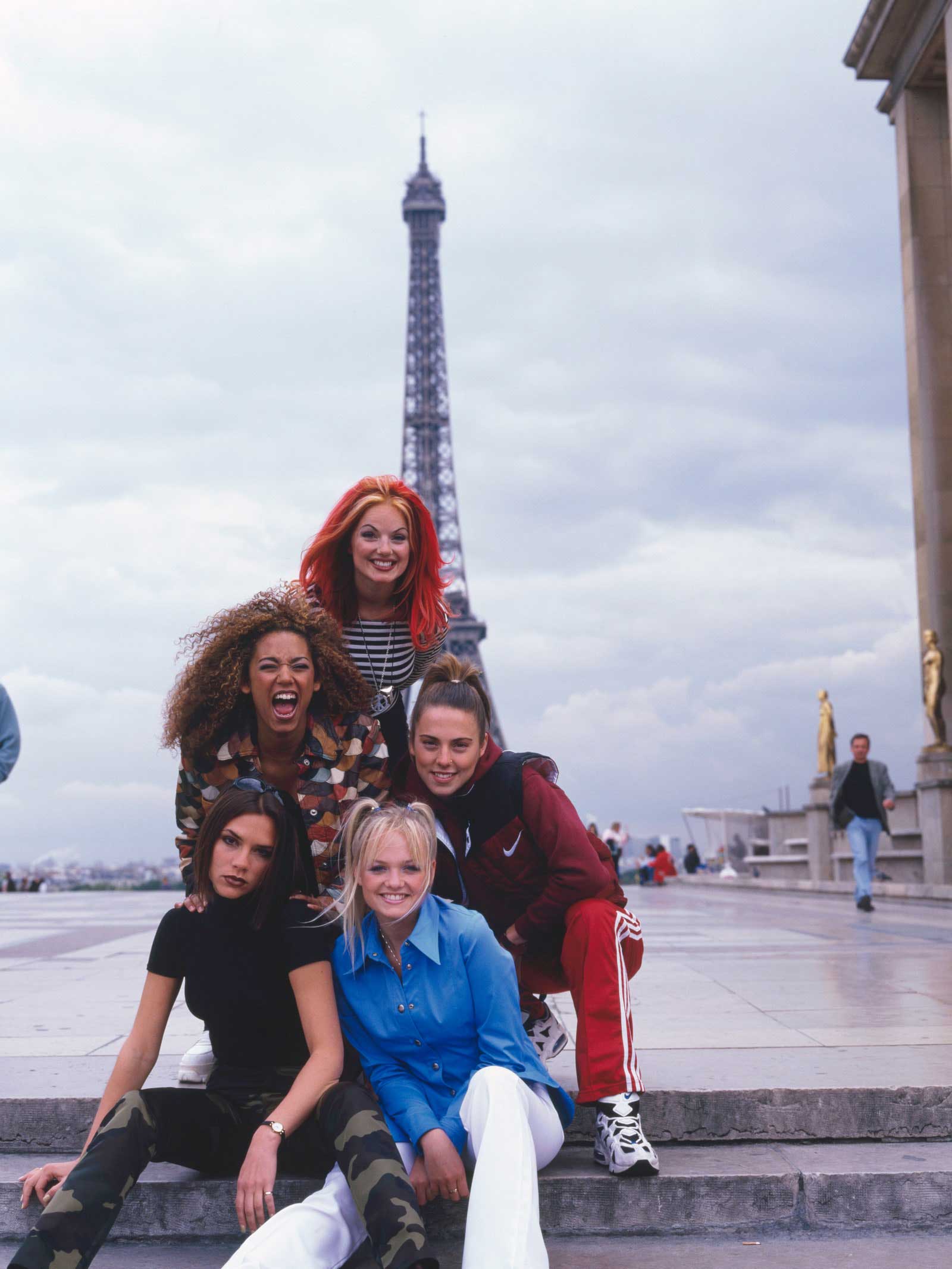
Vogue World: Paris will pair select sports—cycling, gymnastics, tennis, taekwondo, fencing, and break dancing, among others-with French fashion from every decade since 1924. The show will showcase French designers, current and past, as well as houses that historically present their collections in Paris.
For front row tickets, email [email protected]
This article was originally published on Vogue.com.
- A 1950s Fashion History Lesson: Dior’s New Look, Hollywood Bombshells, and The Golden Era of Couture
- A 1940s Fashion History Lesson: Wartime Utility Suits, the New Look, and More Trends of the Decade
- A 1930s Fashion History Lesson: Goddess Gowns, Surrealism, and More Trends of the Escapist Era
- A 1920s Fashion History Lesson: Flappers, the Bob, and More Trends That Made the Roaring Twenties Roar
